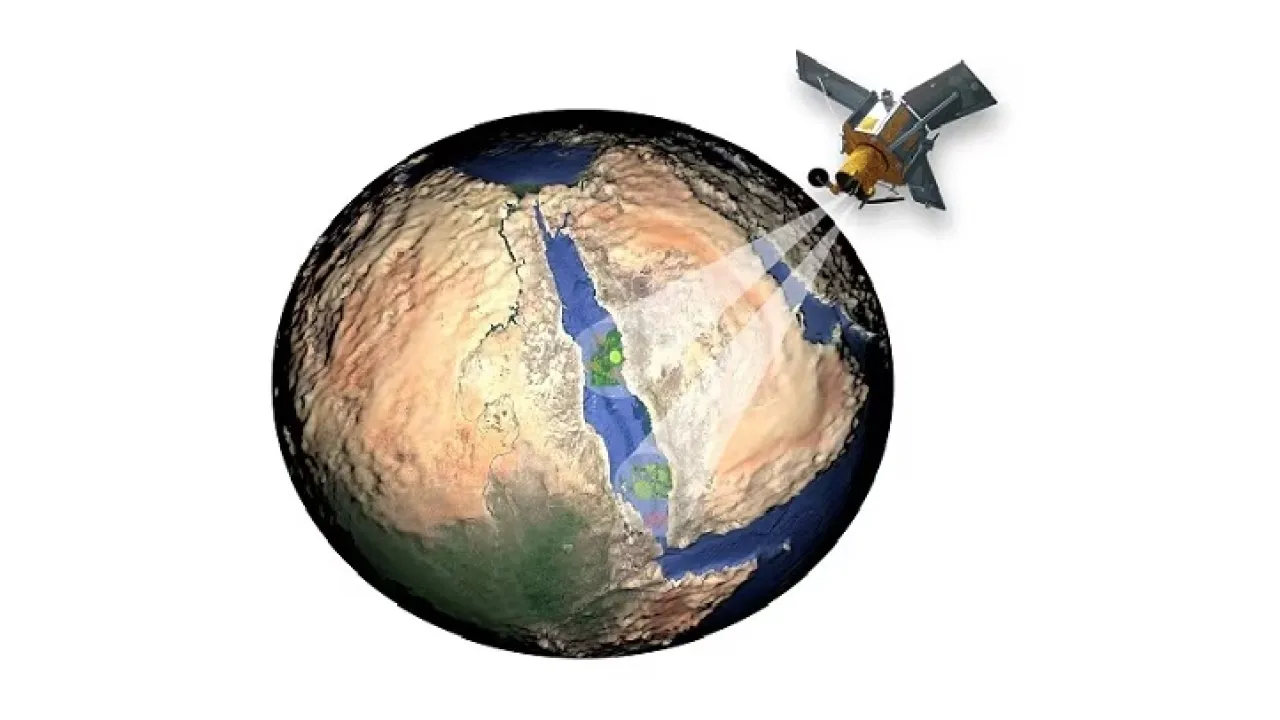
Remote sensing of toxic algal blooms
Algal blooms in the Red Sea can be detected with a new method that accounts for dust storms and aerosols.
About
Harmful algal blooms in the Red Sea could be detected from satellite images using a method developed at KAUST. This remote sensing technique may eventually lead to a real-time monitoring system to help maintain the vital economic and ecological resources of the Red Sea.
Monitoring harmful blooms using traditional in-situ methods is not only costly and labor intensive but often requires collaboration across borders. Remote sensing methods based on satellite data are a cost-effective approach that also offers the possibility of continuous monitoring and straightforward observation of the spatial and temporal extent of the bloom. However, appropriate analysis techniques are needed to reveal the algal blooms in satellite data.
“So far, no satellite algorithms have been developed to monitor harmful algal blooms in the Red Sea region,” says Ibrahim Hoteit's Ph.D. student Rajadurai A. Gokul. Together with colleagues at KAUST, as well as in Yemen and the UK, he extended existing methods to enable imagery from NASA's MODIS-Aqua satellite to be used to detect harmful algal blooms in the Red Sea.
Read the full article
